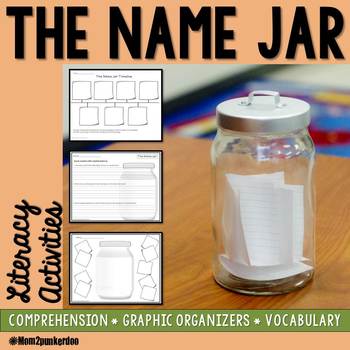When I teach students about the plant cell and how it is able to use the sun's energy to combine molecules of carbon dioxide and water to create glucose for energy, I tend to lose them at the word "molecules". An abstract concept like this requires more than just a brief summary. I've found that students do best when introduced to a concept in a variety of ways.
I'm a sucker for a good BrainPop video. Tim and Moby crack me up. I always start this unit by watching their video on photosynthesis. Next I make the analogy between photosynthesis and a recipe. Oh, the stories I tell about how I CANNOT make a meal to save my life. I burn boiled eggs. Yes, I am a failure in the kitchen. If only I could be a chloroplast and make my own food from two ingredients. HA! Students take notes and we work to fill out a recipe card for photosynthesis.
One way I help students visualize photosynthesis at the molecular level is with a simple candy modeling activity. I found this activity years ago here. It's free and definitely a favorite every year! Students build molecules of water and carbon dioxide. Then they "photosynthesize" by breaking apart the molecules and forming a molecules of glucose, water and oxygen.
I've tweaked this activity a bit because my students are always begging me to let them eat the candies. I tell them they are a plant today and can ONLY eat glucose. The oxygen molecules are released as waste (they throw those in the trash can) and the extra water is stored in the vacuole. I tel them the water has to be put in their pocket for later. Just another way to make a connection between the "fun" and the learning.
I also provide them with a copy of the game board to glue into their journals. We count atoms of carbon, oxygen and hydrogen before and after photosynthesis. We color code the diagrams. In this way students are able to see that photosynthesis is a chemical reaction between substances that recombines them into something useful to the plants and animals.
Where I struggle is how to determine if students understand what was taught. This year I tried something different from a formal written test. I started class by placing this cartoon on the board. I asked students to talk with their groups and come up with an explanation for the image.
Next, I challenge them to create their own visual representations for each step of photosynthesis. I provided students with a template for a flip-flap booklet and sent them to work. Thirty minutes later I was laughing as I reviewed some of their work. It was very clear who understood what was happening during the process of photosynthesis. It was also obvious who shared my cheesy sense of humor. Here are some of my favorites:
I adore the chloroplast soaking up the sun's energy on the beach (1).
I also love the plant pouring the extra water into the vacuole.
How perfect is this one? Water and oxygen "combine" (4) to make glucose.
My
all time favorite is the adorable smiling chloroplast delivering an
order of glucose to the plant. I was busting out laughing in the middle
of class when I saw this one. Such creativity!
Note: If you're interested in the template for the flip-flap interactive notebook activity, check out my TpT store here.















































0 comments:
Post a Comment